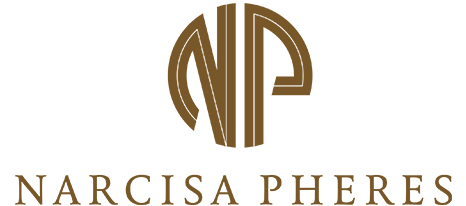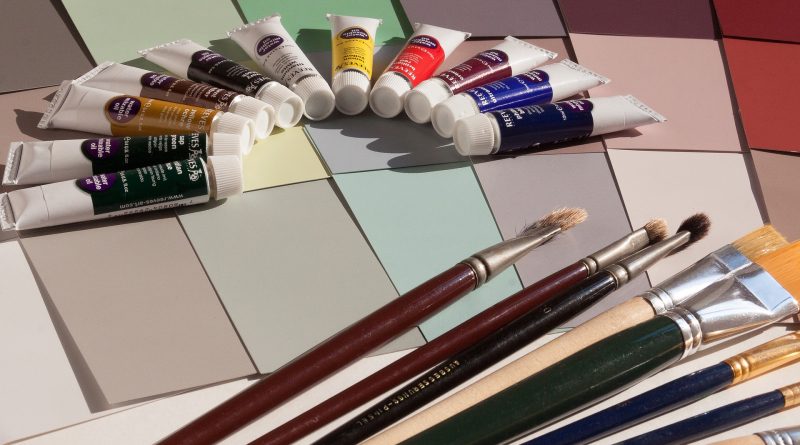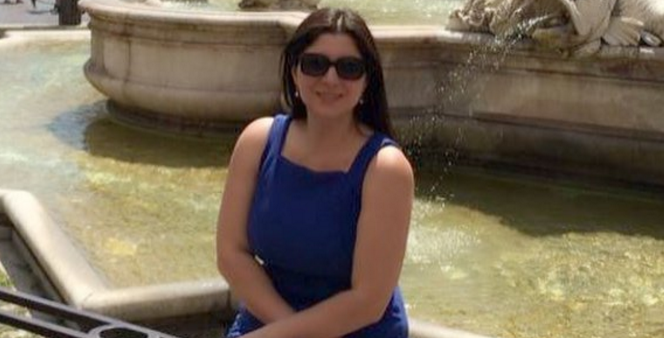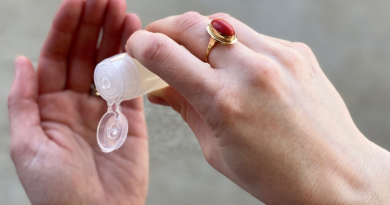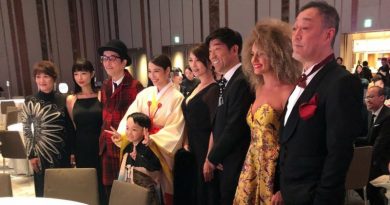Reviving Art Movements & Trends From The Past
Reviving Art Movements & Trends From The Past
Art comes in many different perspectives and has a variety of representation. People can look at a simple landscape that looks like a park and a small pound, and it can be defined as nature’s art. Someone can look at a black and white portrait of a little girl watching her balloon fly away, and that’s art. Even the Rock and Roll era was seen as the most revolutionary art yet. Art movements capture the beauty and graces of those things that were precious to the people of particular eras. It introduces new techniques, methods, materials, and new themes to produce art in their own way. What are seen to be as “antique” trends revolutionize into their own modernized contemporary twist. Today, brands utilize the movements to their advantage, giving them the opportunity of incorporating these trends into modern day styles.
Art Movements in Trends Today
Designers who set their subconscious free stand a chance to create fashion that is more personal and relatable. What better way to do that than reflect on past Art Movements and add their own spin on it? Many brands and fashion designers continue to implement Art Movements to their own degree. Fashion and art have a close relationship, as they are both influenced by the curiosity of shape and form, color, social historical and cultural references. Elsa Schiaparelli, was not just concerned with beauty or fashion trends. She was more concerned with art, culture, and innovation. She demonstrated Surrealism by making her “Lobster Dress” in 1937. Even Alexander McQueen continuously demonstrates Performance, Installation, and Victorian Gothic Art. (“Fashion Designers: Inspired by Art”).
Many designers have worked with artists throughout history. During the 1920s, Coco Chanel and Pablo Picasso collaborated together on costumes and backdrops for the Ballet Russes. Let’s not forget about Yves Saint Laurent constant return to art throughout his career. In 1965, Saint Laurent drew bold abstractions of Modernist painter Piet Mondrian and created a collection of six A-line dresses. From the AW16 shows, vivid colors and dramatic silhouettes of Expressionists artists were a major theme. For instance, Dries Van Noten was inspired by Luisa Casati, an Italian heiress and eccentric marchesa. His models were covered in leopard print and had kohl on their eyes. His clothes, inspired from the Expressionist palette, consisted of “chartreuse yellow blazers, violet striped pyjama suits, a long slip gown in absinthe green could have stepped straight from an Ernst Ludwig Kirchner canvas” (“The Art of Fashion”). Other artists took a different route and were inspired by dangerous degenerative appeal that Expressionist brought to the table. Marc Jacobs’ models wore black lipstick, very high heels, and layered furs to rekindle the exaggerated characters of filmmaker Fritz Lang (“The Art of Fashion”).
Impressionism continues to be a big hit on the runway with beautiful frilly dresses, dusty pastel shades, and the unfettered femininity. At “Chanel, the tiered white tulle gowns offered by Karl Lagerfeld recalled the quiet gentility of Edouard Manet’s figures at the Folies Bergère, designer Sarah Burton’s dreamy sleepwalkers were pretty as a picture in their butterfly-strewn peignoirs at Alexander McQueen, while the sherbet-shaded tulles at Chloé, Gucci and Marchesa were perfectly apt for an afternoon in the Tuileries with Pierre-Auguste Renoir” (“The Art of Fashion”). At the AW16, Valentino designers Maria Grazia Chiuri and Pierpaolo Piccioli incorporated the dimensions of a beautiful ballerina, inspired by the choreography of Merce Cunningham and Martha Graham. The designs featured flesh tones, with tutu skirts and ruffles, presenting similar characteristics of demure and delicacy like in any Degas painting. However, the designers added their own twist by incorporating biker boots and military style outerwear (“The Art of Fashion”).
An even more interesting and original art movement that inspires the runway is Japonisme. Karl Lagerfeld used the 18th century Japanese botanic print which inspired for his closing looks at Fendi AW16. Japonisme dates back to 1867, where is was incorporated at the Paris world’s fair. A pavilion dedicated to the arts and crates stirred a fever for textiles, porcelains and woodblock prints. The fashion transformed dress codes and boudoirs of the 19th century European bourgeoisie. Artists such as ” James Tissot, William Merritt Chase and Robert Lewis Reid captured society hostesses adorned in kimono-style robes, standing against printed silkscreens, or leaning artfully against lacquerware furniture while toying with an oriental fan” (“The Art of Fashion”).
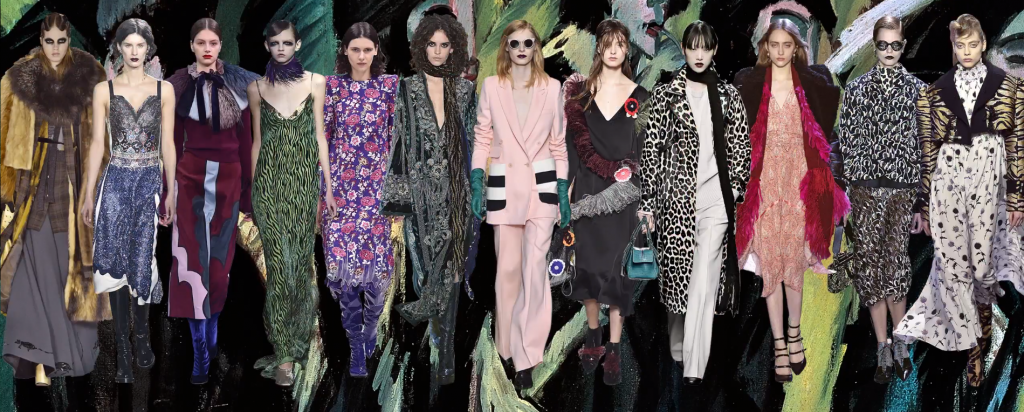
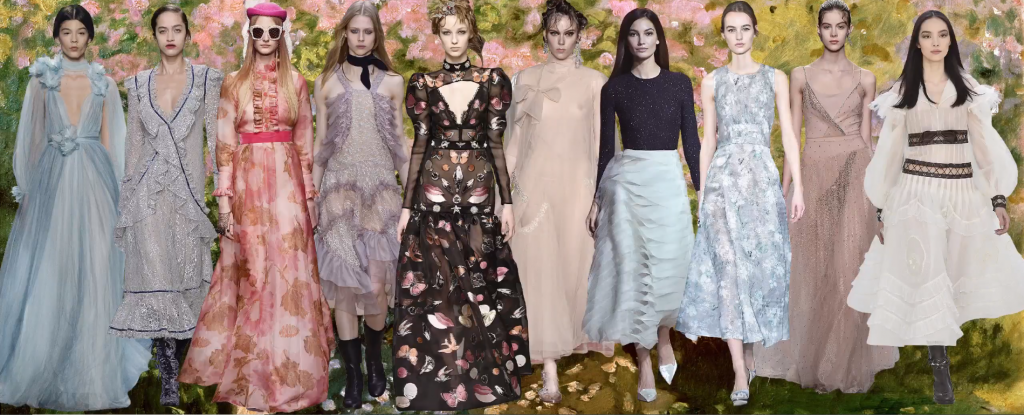
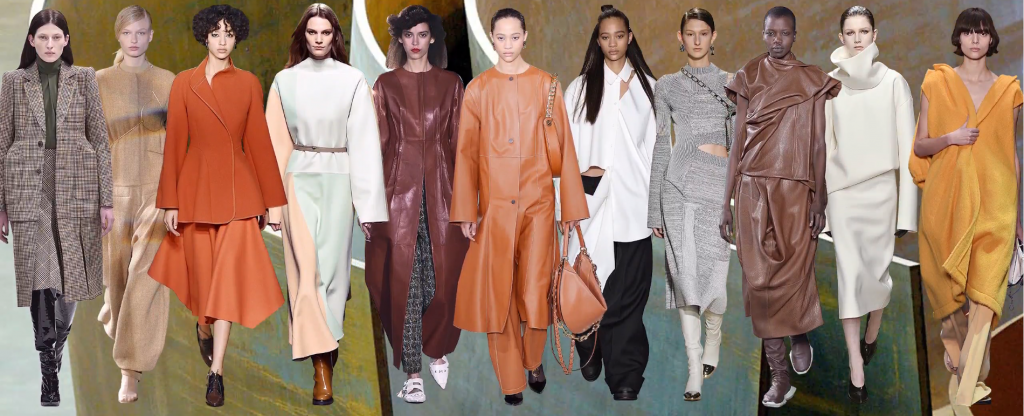
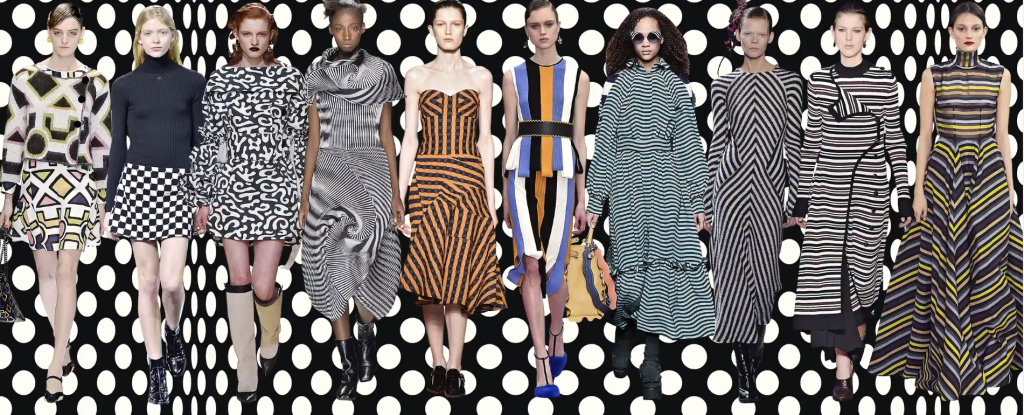
Gucci’s creative director, Alessandro Michele, and Spanish artists, Ignasi Montreal, were inspired by iconic paintings that helped launch Gucci’s “Utopian Fantasy” Spring/Summer 2018 campaign. Gucci took the period of Renaissance art and reminded the power and timelessness embodied within this era. Montreal’s campaign combined “hyperrealism with surreal art, with his illustrations – including a group of Gucci girls floating above the clouds in from of St Peter’s Basilica – re-imagining famous artworks with the characters all dressed in Gucci creations” (“How Gucci Reimagined Renaissance Art for ‘Utopian Fantasy’ Collection”). Critics were so astonished by this campaign thay some went as far as calling it “museum-worthy” art.
Gianni Versace was consistently inspired by African tribal and ancient Greek art. He conveyed his famous logo using the head of Medusa to embody female power. Versace’s Spring Collection of 1991 featured outfits printed with Andy Warhol’s “brightly coloured, silk-screened portraits of Marilyn Monroe and other famous icons. Along with modern art” (“Fashion Designers: Inspired by Art”). Andy Warhol’s Pop Art made another appearance at Calvin Klein 205W39NYC which features screen prints of the artist’s darkest images on tank tops, frocks, and shift dresses. Marni’s Francesco Risso dress was inspired by Post-Modernist artist David Salle. This dress features Salle’s Untitled (1979) painting of a nude girl smoking and answering the phone, representing a feminine sensuality that’s big on patchwork, deconstruction, and exaggerated silhouettes. Oscar De La Renta utilizes Cubism and Surrealism within his designs by the colorful works of American sculptor Alexander Calder and Spanish painter/sculptor Joan Miro. And let’s not forget how Prada incorporated Comic Art, providing an “underground-cool tableau of comic prints for her baby-doll dresses and a punk-inspired” (“The Coolest Artists And Movements Influencing Fashion Now”)
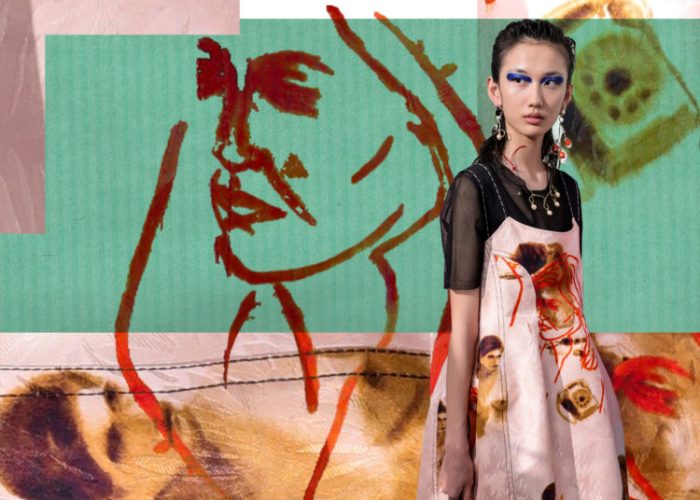
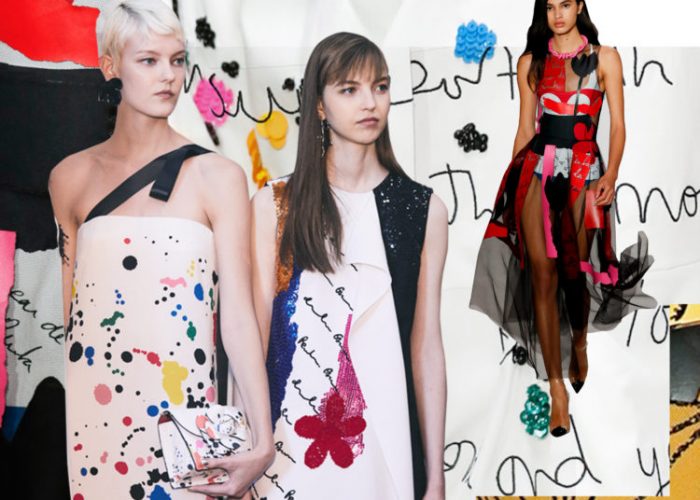
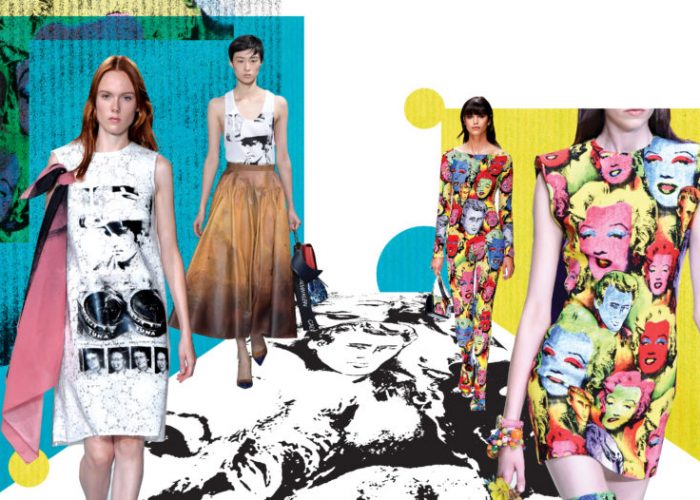
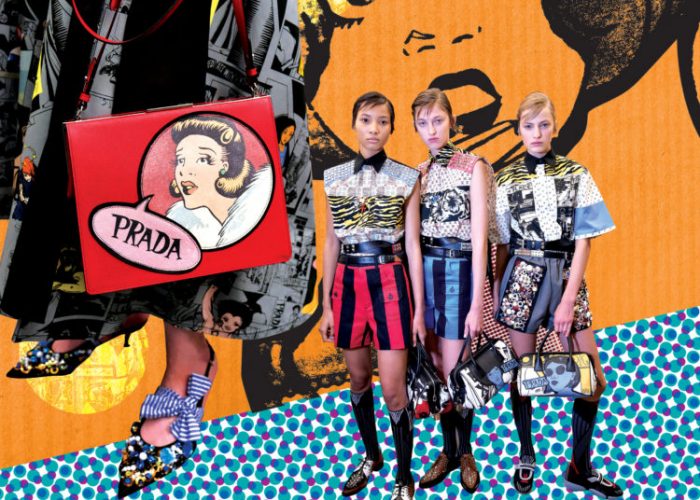
Artists in every department find a muse in something, whether from a fellow artist or even a simple page from a book. But even the things that inspired the artists all started as an inspiration from somewhere. Art movements continuously bring inspiration to people, from professional artists to artists of their own definition. Brands and fashion today will always be inspired by a significant movement in one way or another, just depends on where that inspiration will lead them.
Find out how each art movement in history influenced the world of contemporary art by clicking below.

